In addition to its superb rendering and pleasant contact comfort in all seasons, bamboo flooring is virtually indestructible. Whether glued, clipped, or floating, bamboo flooring is easily installed in all rooms, including high traffic areas or wet rooms. More expensive than other less noble species, bamboo flooring is now available in various designs, including solid bamboo and bamboo laminate, which is more affordable.
Before you install your bamboo flooring, let’s discover the characteristics of different bamboo flooring.
Bamboo flooring: its characteristics
Bamboo is a fast-growing woody grass, making it a naturally renewable material in the short term. Compared to materials commonly used in construction (steel, concrete, local or exotic wood …), bamboo has the most negligible environmental impact.
Ecological, because cultivated without fertilizer, particularly solid, aesthetic and silky to the touch, bamboo is increasingly used in the manufacture of furniture and flooring, including bamboo flooring.
Bamboo flooring is well suited to damp rooms and heated and cooled floors, virtually unaffected by humidity and temperature variations.
Bamboo flooring is available in 3 main varieties depending on the orientation of the fibres and in 2 manufacturing designs.
Good to know: in addition to its ecological qualities, bamboo wood is known for its strength, which is slightly higher than that of steel, and up to 8 times more important than that of wood!
Orientation of bamboo fibres
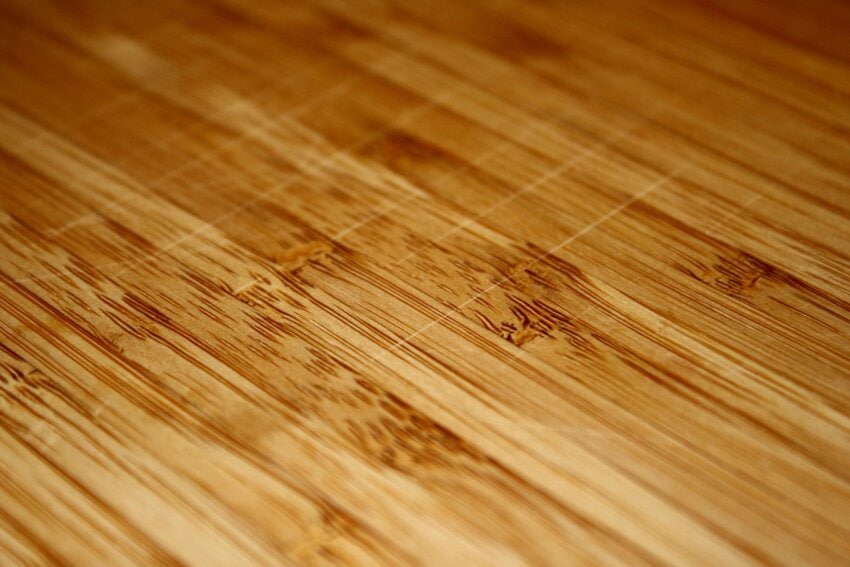
We distinguish, according to the orientation of the fibres:
– Horizontal bamboo flooring: the bamboo stalks have been arranged lengthwise on their most comprehensive edge to naturally create the blade by compressing several layers (3 alternate layers in general) superimposed. This is the oldest (thousands of years old in Asia) and simplest layout, which leaves the knots visible as they might be seen in nature for an authentic and natural effect.
– Vertical bamboo flooring: composed of a single layer of bamboo stalks placed on their thinnest edge to create the blade by their wide face, leaving visible finer and more delicate veins.
– Densified bamboo flooring: alternating the direction of the bamboo stalks before densification by compression allows for obtaining a smoother aspect without apparent ribs.
Different designs of bamboo flooring
The choice is offered between 2 manufacturing designs:
– Solid bamboo flooring: composed of 100% bamboo stalks (horizontal, vertical or densified). The solid parquet is a floating parquet, which can be composed by assembling strips by tongues and grooves (glued parquet) or with ribbed grooves (clip parquet). Regardless of the orientation of the rods to create the board, a solid bamboo floor is expected to last more than a hundred years due to the strength of bamboo and the compression process of the fibres.
– Bamboo laminate flooring: this is a thin layer of bamboo (at least 2.5 mm thick) glued to a backing of compressed wood fibres or crossed layers of wood. Less expensive than solid bamboo, the laminate retains the appearance but not the exceptional strength.
Good to know: bamboo cannot be nailed easily and safely because of its high density and woody structure; a solid bamboo floor or laminated flooring is installed as a floating floor to be glued or clipped, either on a slab with insulation (soundproofing and vapour barrier), or joists and/or joists.
Criteria for choosing bamboo flooring
Bamboo flooring can be purchased in a specialized store or large DIY and home improvement stores, or online stores on the Internet.
The choice of bamboo flooring should be made in the following order of priorities:
The type of manufacture: choose between solid bamboo and laminated bamboo, then select the thickness of the blade, from less than 10 mm to over 14 mm.
The type of installation of floating parquet: choose between glued parquet and clipped parquet depending on the room and the support (slab, joists, joist…) on the heated floor or not.
Aesthetics: choose the direction of the bamboo on the board, which determines the appearance, then the colour of the bamboo used, from light to dark.
Storage: a bamboo floor must be stored carefully at the distributor, ensuring that the floor has been stored undercover and in a heated room (hence the advice to choose a specialized brand, whether online or in-store). In addition, it is essential to make sure that the company has accessories (skirting boards, stair nosing, quarter round strips…) in bamboo that matches the floor to ensure a neat finish.
The price:
- The cheapest is the 2.5 mm bamboo wear layer.
- The price is a little higher for the thicker wear layer.
- The most expensive is the solid bamboo floor, which is the most resistant (up to more than a century).
In average price ranges, bamboo flooring is sold:
– around $50 per sqm for bamboo laminate, with the price varying by more or less 10% depending on the thickness of the bamboo wear layer (from 2.5 mm to more than 4 mm);
– from $48 per m², but also up to $80 per m² for solid bamboo flooring (densified or not). The price varies a lot depending on the origin and the colour of the bamboo, which depends on the age at which the plant was harvested.
Good to know: you have to add to the price of the parquet the price of the glue for a glued parquet, of the insulators and the delivery, even of the installation when you don’t want to do it yourself.


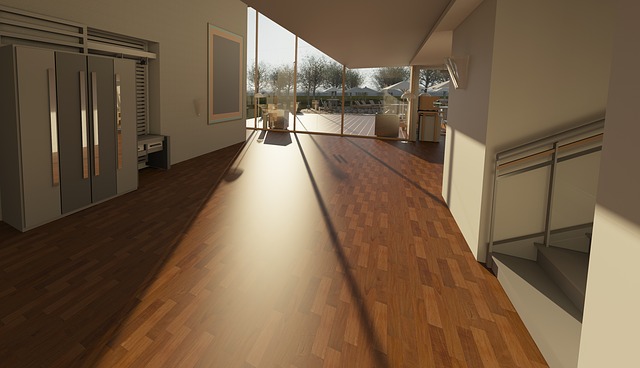
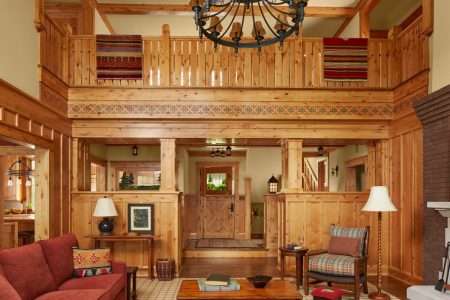
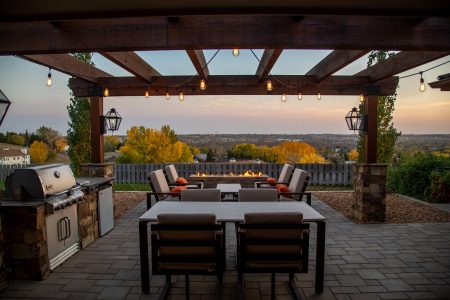
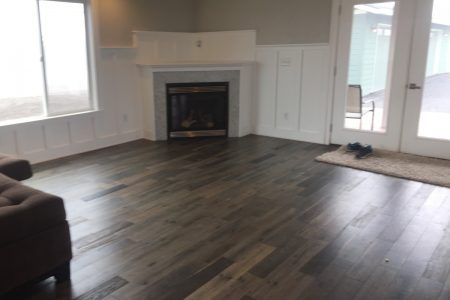
One Comment